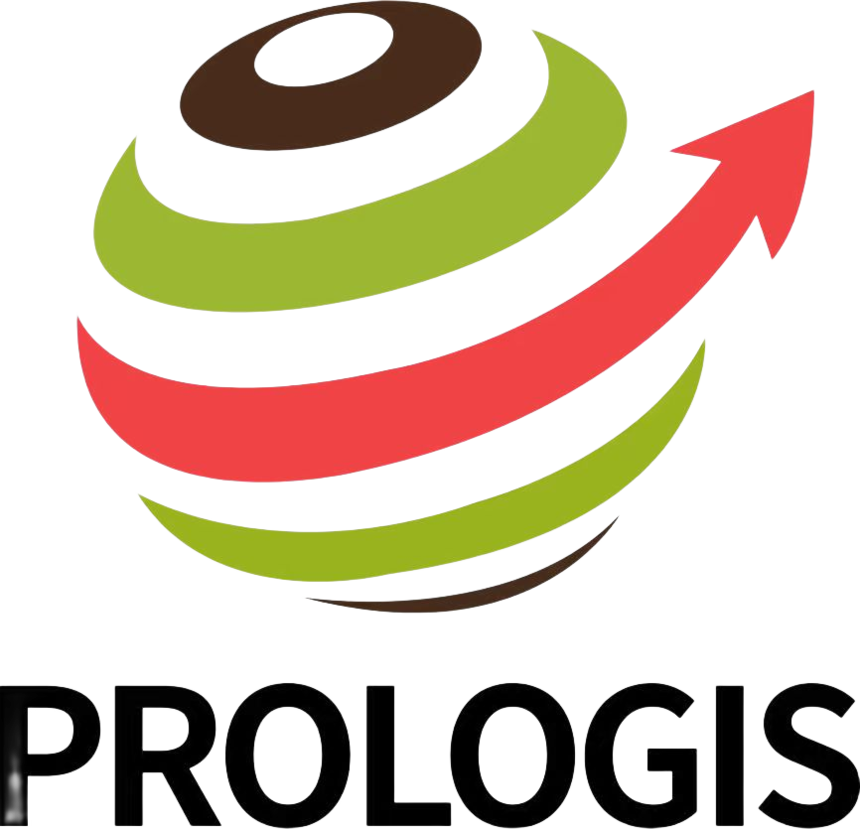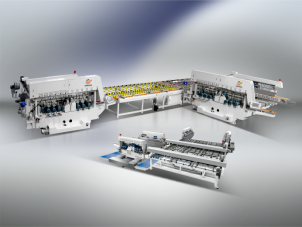|
LZM S4225Glass Automatic Production Line This production line consists of the LZMS2242 and LZM2225 glass straight-line double edging machines and one L-shaped transfer table. The combination width can be customized according to customer requirements. The line utilizes a PLC control system, allowing processing parameters to be set via the interface and completed in a single operation. The machine features a compact structure, stable and reliable performance, and high production efficiency, making it the ideal equipment for mass edging production of furniture and decorative glass. It can also be integrated with other production lines, such as insulating, laminated, printed, and tempered glass lines. 
Description
LZM S4225 Glass Straight-Line Double Edging Production Line is a crucial system used in the glass processing industry for precision grinding and polishing of two opposite edges of flat glass sheets simultaneously. This production line is designed to improve efficiency, reduce manual labor, and enhance the quality of edge finishing, making it an essential component in modern glass manufacturing. The core of the production line is the double edging machine, which processes both edges of the glass sheet at the same time. This simultaneous grinding and polishing increase productivity while ensuring consistent quality on both sides. The machine is equipped with diamond grinding wheels and polishing tools to ensure the glass edges are smooth, defect-free, and meet precise dimensional tolerances. It can be configured to produce different edge profiles, such as flat, arris (chamfer), and pencil edges, depending on the specific requirements of the product. To streamline the production process, the line often includes automatic loading and unloading systems. These systems handle the glass sheets, positioning them accurately on the conveyor belt and reducing the need for manual handling, which can lead to inefficiencies and damage.The glass sheets are transported through the production line on a precise conveyor system. This ensures smooth and stable movement, minimizing vibrations and the risk of scratches or breakage during the grinding and polishing process. The speed of the conveyor can be adjusted to match production needs, from slower speeds for thicker or more delicate glass to faster speeds for higher throughput. Modern glass double edging production lines are equipped with CNC systems. This allows for precise control over grinding angles, dimensions, and edge profiles, ensuring high accuracy and reducing defects. Operators can easily program the machine to handle different glass sizes and specifications, making it versatile for various production requirements. A water cooling system is integrated into the machine to cool down the grinding wheels and prevent overheating. This also helps in removing debris from the grinding process, ensuring a clean, polished finish on the glass edges. Some advanced lines include automatic inspection systems that check the glass for defects such as chips, cracks, or irregular edges after the grinding process. This ensures that only high-quality, defect-free glass continues through the production line. By grinding and polishing both sides of the glass simultaneously, the production line significantly reduces processing time compared to single-edging machines. This leads to higher output and lower labor costs. The precision of the CNC control systems ensures uniformity in edge finishing, reducing the risk of human error and producing glass sheets that consistently meet strict industry standards. The machine can handle a wide range of glass sizes and thicknesses, from thin panels to thick architectural glass. Additionally, it can produce various edge profiles, making it adaptable for different types of glass products. The combination of automation, high precision, and efficient processing reduces waste, lowers energy consumption, and improves overall cost-effectiveness in glass manufacturing. Technical Specification
|




































































